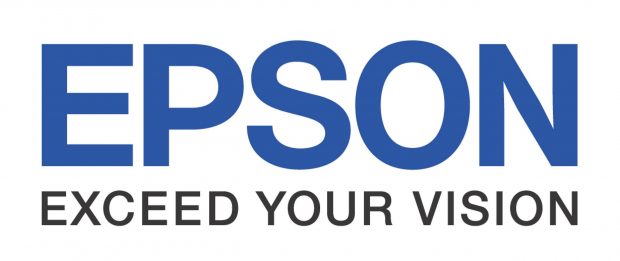You’ve spent weeks putting together the content. The meeting room is booked, the client’s at the door, and the team, including your boss, is giving you the thumbs up. You dim the lights, struggle with the projector … and then it hits you. Your presentation is really boring.
How many times has great material failed to resonate because presenters overlooked the power of technology to make a meaningful connection with their audience? Too frequently.
Meetings are inevitable, but they don’t need to be disengaging. Holding meetings that engage, educate, and embody your company’s brand is essential to enhancing productivity and creating an impression of professionalism that is appealing to clients and staff alike.
Research shows that increasing activity and creativity in meetings helps increase brain activity and alertness. Everyone’s happier when they feel engaged and important to the meeting. With today’s unified communications options, staff working remotely from Comox to Calcutta should still be able to participate virtually and bring their perspectives to the table.
But you need the right equipment in the meeting room. Professional displays can help inject life into people’s ideas. An otherwise dull, plodding meeting can become colourful and dynamic. Eyes brighten. Ears perk up. Energies rise. Meetings become events.
People are largely visual learners. When people hear information, they retain only 10 per cent of it three days later; however, when you add a relevant image to the same information, the three-day retention rate soars to 65 per cent. With the right mix of display technologies in a meeting room, people will get more out of meetings.
With so many interactive display products out there now, it can be difficult to ascertain which one is truly the best for your organization. Among the factors you should be considering:
- Physical location: Think about the size and shape of your meeting room(s). Meeting room displays come in a variety of sizes. If your meeting rooms are small, opt for smaller displays; for cavernously large or uncommonly long meeting spaces, a bigger display will be needed. “Bigger is better” in not true in all cases.
- Ease of use: You shouldn’t require the services of an engineer to set up and use a display. Employees, even those of a curious bent, will avoid using tech that is difficult to use. In such cases, they’ll end up wheeling in a flip chart or white board, or phone conference from their desk.
- Compatibility: There’s no point settling on a display solution if it doesn’t integrate effectively with your current business setup. Make sure the display comes with Windows “baked in,” or that it runs an OS that is compatible and has been pre-approved by your IT department.
- Connectivity: Cover all bases when it comes to the connections you are going to need. USB? HDMI? Be thorough. Think ahead. Better to have a surplus of connection ports than a lack.
More than ever, professionals need to communicate effectively with each other. The era of silos is long past. Companies that can settle on the right combination of visual technologies can successfully bring clients, teams, and audiences together — all of which can lead an organization to new heights.
Do you want to learn more about using meeting display technology to ensure lively, engaging meetings? Read Epson’s “An IT Professional’s Guide to Display Technology,” a detailed look at maximizing the effectiveness of each dollar you spend on visual technology. It also provides an overview of the latest trends in the visual display world.
Learn more about Epson laser display solutions by visiting the Epson website.

